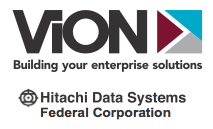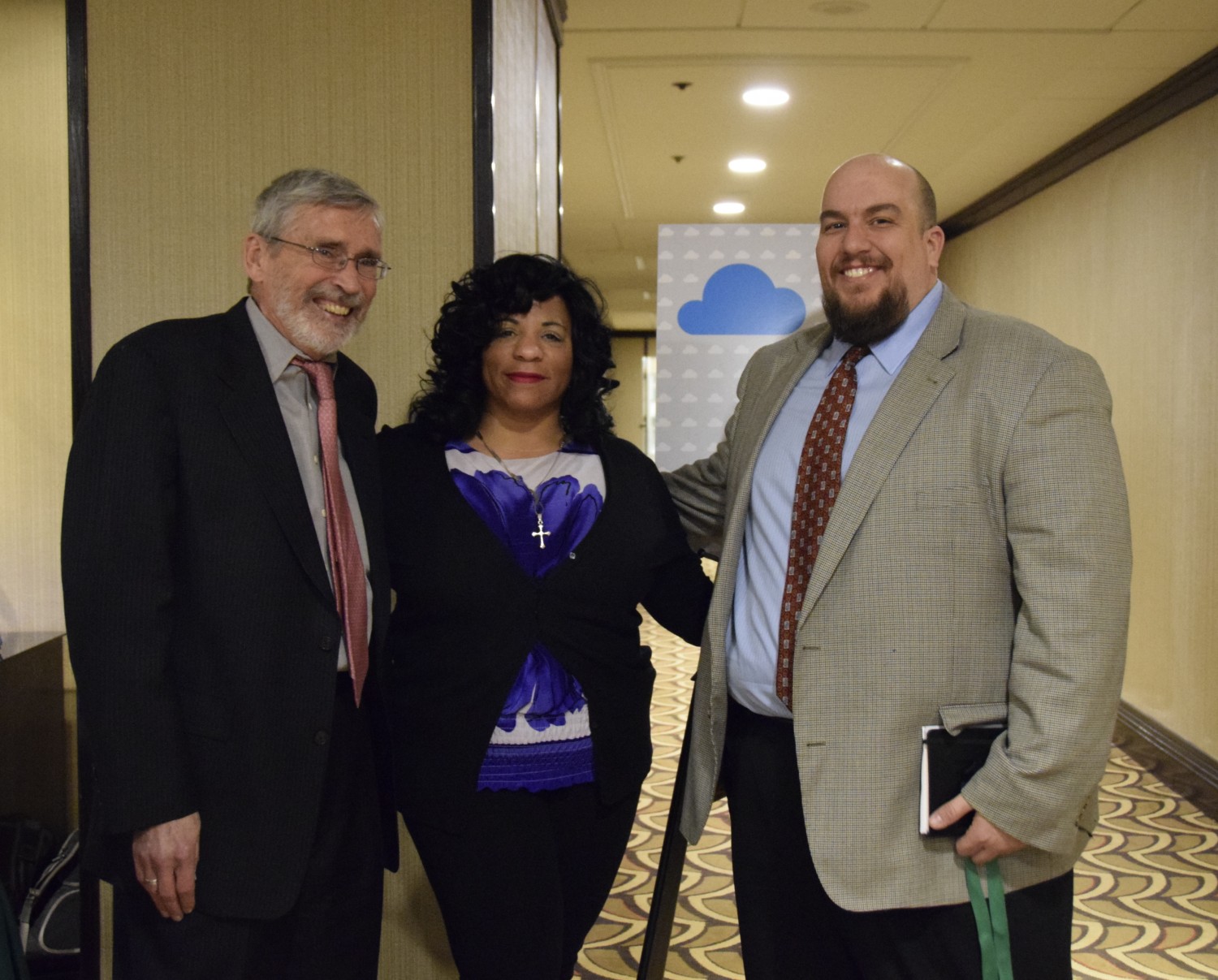The government is taking it steady in its relationship with cloud services. It started off with basic awareness but now govies are almost in the mindset to adopt cloud on a wide scale. There has been a significant amount of federal government spending on cloud solutions in recent years and the GSA has even released an RFI to solicit industry and public views on cloud computing services. Despite this increasing acceptance, there are still many misconceptions about and challenges regarding cloud adoption. At Thursday’s GovLoop event, “Buying the Cloud: Procurement Made Easy,” Chris Dorobek, of GovLoop’s DorobekInsider, moderated an impressive panel to discuss how government can overcome these barriers. Speakers included:
- Alan Balutis, Director, Cisco Internet Business Solutions Group (IBSG);
- Dan Hunter, Director of Capture Management, ViON; and
- Tarrazzia Martin — Senior Technical Advisor to the Chief Information Officer (CIO)Transformation, Department of Housing and Urban Development
In the discussion, panelists described challenges related to cost savings, culture, pricing, and appropriations and also offered some insight on procurement tips and where they hope the state of cloud is in the near future.
Cost Savings
Typically, agencies look at cloud solutions because they’re marketed as faster, cheaper, and better, said Martin. But this “over-exuberant” belief that cloud is going to drive down costs of IT in government hasn’t necessarily lived up expectations, explained Balutis. Government needs a vehicle that does more than just offer the lowest price on services, he said. The components of an effective cloud solution may eventually cut costs, but it’s not an instant panacea to budgeting woes.
Culture
Despite the prevalence of tech talk, cloud is not just an IT issue, said Martin. It’s a procurement, contracts, budget, facilities AND IT effort. People often talk about the difficulties of tech in the backend, but the transition and adoption on the front end is what’s really hard, she said. Furthermore, this is an enterprise capability that needs to be shared, but this is not business as usual for many govies. For instance, Martin explained how budgeting in HUD allocates specific funding for multiple programs. But with cloud, who gets what? “Shared infrastructure is a whole new ball game,” said Martin. IT professionals demand cloud, but in terms of culture, many govies are simply not ready.
Pricing
Another major barrier to cloud procurement is pricing, especially the difficulty in predicting life-cycle costs. “You can plan for cloud but you can’t plan for utilization downstream,” said Martin. You don’t know what will change.” Even looking at a basic workload, it’s difficult to evaluate total costs among providers over a contract, said Hunter. This is especially tough for pricing based on usage. To better understand this challenge, Hunter used the analogy of a power bill. When you are billed for services rendered, your average bill will eventually smooth out into a monthly rate that you begin to understand after years of being a customer. But as a cloud newcomer, the cost forecast is, well…cloudy. Furthermore, if your cloud service gets overwhelmed with a distributed denial of service (DDoS) attack — who pays for that?
Appropriations & Acquisition
“Cloud is not a technology, it’s a business model,” said Hunter. The panelists agreed and noted that the current appropriations model does not map with the business model of cloud. This is compounded by the fact that there isn’t a critical mass of tech-savvy individuals on the Hill that understand and will act as advocates for agencies’ cloud initiatives, said Balutis. Similarly, the current acquisitions mindset lacks the knowledge of cloud-specific procurement. Procurement officials understand how to acquire ten pencils or ten servers, said Martin, but when we’re talking about combined and shared cloud services, it becomes problematic. This complexity also leads to serious delays, and “procurement often trails need by months,” Hunter said.
Procurement Tips
An important factor in cloud is data stewardship and the ability to control your data, said Hunter. The big cost driver is storage – computing is pennies on the dollar comparatively. Understanding storage can keep costs down, he said. Before procuring a cloud solution, it’s important to do your homework and know what’s most advantageous for your agency.
To work past cultural resistance issues, it’s important to engage stakeholders to promote buy-in. Cloud knowledge is not just important to Chief Information Officers, but also to Chief Acquisitions Officers, Chief Financial Officers, Budget Officers, and others.
Finally, Balutis discussed how govies often say cost is the main driver while looking for a cloud provider, but other, arguably more important factors are security implementation support, post-implementation support, reliability, and ease of integration.
Moving Forward
Right now, the “easier” things have been moved to the cloud, such as email. What hasn’t been moved, however, are mission-critical business applications. In the near future, Balutis would like to see government move away from the low-hanging fruit and advance to moving key enterprise operations to the cloud.
Hunter echoed this desire, and addressed how ViON is making this objective easier to achieve, by launching agile cloud platforms that can adapt to particular agency needs. This flexible, enterprise approach will hopefully speed up cloud adoption.
Government is definitely on its way to wide-scale cloud adoption, but there are many barriers to overcome. When stakeholders put their heads together and share knowledge, as the GSA has recently requested, these barriers can hopefully become things of the past.
Want to read more about GovLoop’s cloud procurement event? See all recap blogs here.






Interesting post – sounds like a fascinating discussion. The problem with cloud is there are pockets of brilliance, and areas where there are some really innovative programs taking place – powered by the cloud. The challenge though for many is really linking cloud to mission, and I think that’s where a bunch get stuck. Agencies really need to identify, what makes sense for cloud? Where we will get the most value? How do we measure ROI? How do we deploy and engage with stakeholders? These are big questions that in government are difficult to address, and super complex. So with that, I don’t actually think cloud is moving as slow as some of the panelist believe, it’s just a way different model and process than private sector. And in some cases for good reason, but trust me I wish everything could move faster! There’s been plenty of push by federal government to expedite the process and force agencies to go cloud first, and it’s working.
I like how the panelist said that cloud is a “business model,” and for many, changing the model of how things have been done for years, even decades, is a scary proposition. Again, I’d say that we’re farther along with cloud than what the panelist believe, but maybe I am more optimistic…